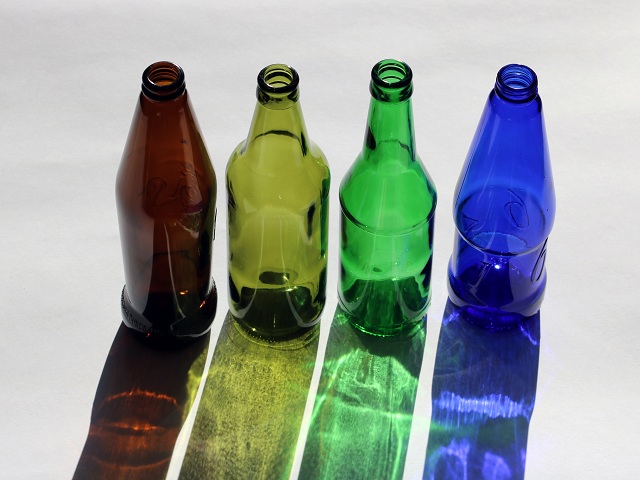How Are Glass Bottles Made
Post time: Apr-17-2024

In the modern world, glass bottles are ideal for a variety of industries including food and beverages, wines and spirits, pharmaceuticals, and cosmetics. It permeates every aspect of life. Because of the repeated recycling of glass without loss of quality, and its environmental friendliness, it is considered to be one of the most useful materials in the packaging industry today. In this article, we will discuss how Glass Bottles are made.
Class Bottles Are Made Using The Following:
Soda ash
Silica sand
Limestone
Aluminum oxide
Magnesium oxide
Cullet
To control the color of glass bottles well, you need to choose pure silica sand because of its low iron content. You can also add some limestone, which reduces the temperature during melting, and then some aluminum oxide and sodium oxide can increase the resistance.
Recycled and crushed glass are very important raw materials in glass manufacturing and help to minimize the amount of energy and raw materials needed to make new glass containers. Crushed glass is an energy-efficient material that not only reduces the amount of energy needed to melt a glass batch. Glass batches can contain between 25% and 60% fiber dust and the resulting glass containers typically contain between 70% and 74% silica sand.
Step 1. Melting Raw Material Mixtures
The raw materials are carefully weighed and combined according to the desired characteristics of the glass bottles. Batches of glass are fed into the furnace and subjected to high temperatures until they are melted and ready for molding.
Step 2. Molding of glass bottles
The blended glass agglomerates are cut with a razor blade to create agglomerates of equal weight before the molding process is carried out. The weight of the glass mass is very important in the making of each glass bottle.
The molten glass is fed into the molding machine, where it flows downwards by gravity to make the molded glass, and the pressure in the machine molds the neck and overall shape of the bottle. The molding process used to create the final shape of the glass bottle depends on the type of glass container, such as blow molding and blow molding.
Step 3. Annealing Process
This process requires the glass container to be cooled at an even rate, otherwise the glass may break. Annealing also corrects internal stresses and makes the container stronger. The fully formed glass bottle is then removed from the mold and transferred to an annealing kiln, where it is heated by fire to about 1,050 degrees Fahrenheit and finally cooled gradually to about 390 degrees Fahrenheit.
Step 4. Checks
The final process is inspection, where we carefully examine the glass bottles to ensure they meet the required quality control regulations. Any with quality issues, including deformities, cracks, and air bubbles, are removed and recycled as blanks. The bottles and jars that pass the final inspection are then sorted by type and size. They are then placed on pallets for consignment.
In summary, you already know what glass bottles are made of and how they are made, and we have also learned that glass can be recycled, it is environmentally friendly and reduces energy consumption. The different colors of glass bottles are made from a mixture of different ingredients, and if you're looking for a reliable glass bottle manufacturer, you can rely on Bottle Outlet to provide you with different types of glass containers to suit your packaging needs.
